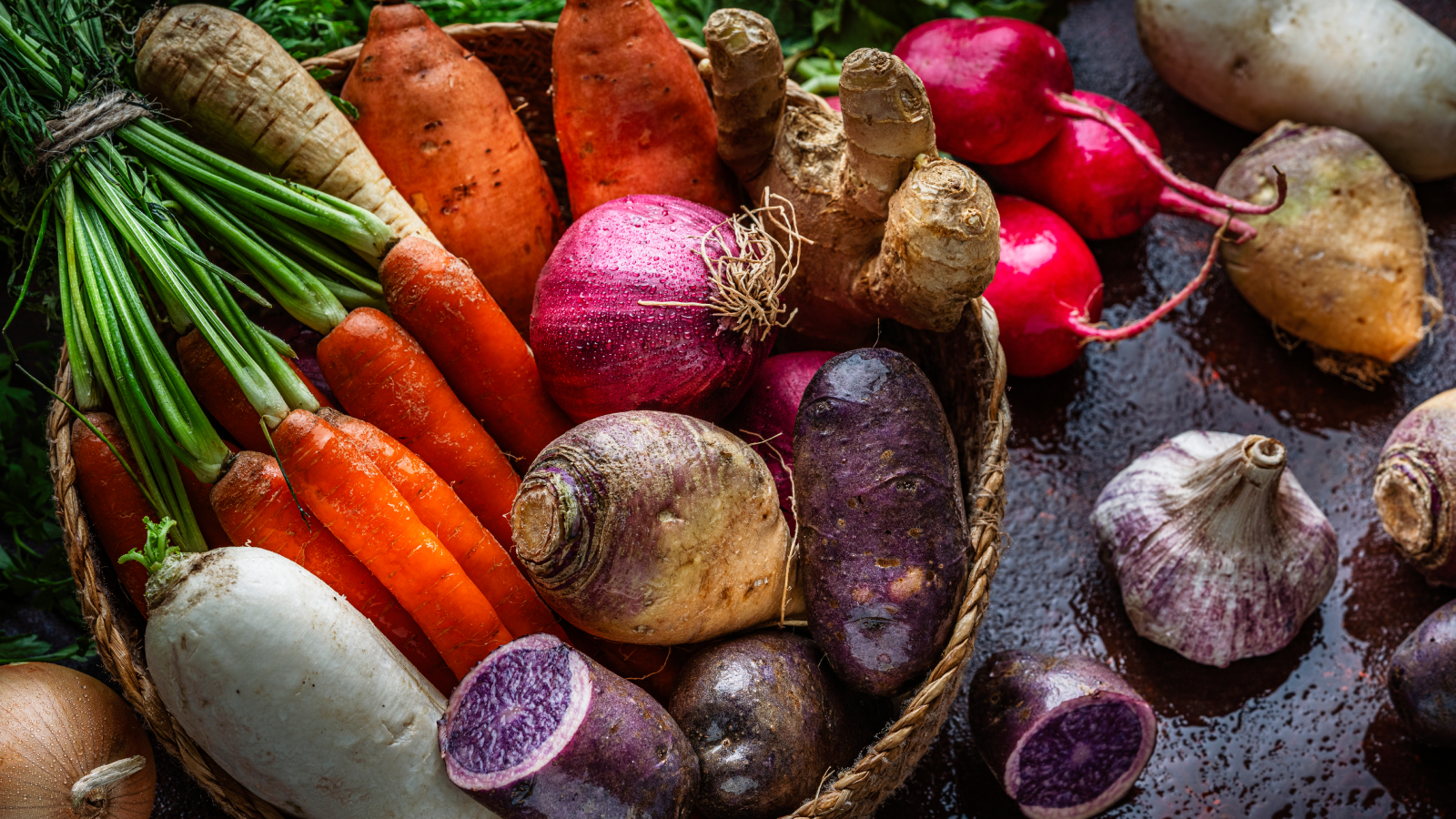
Root vegetables have long been popular garden crops in part due to their long storage life. Some types of root vegetables could even be stored in the ground over winter or at the very least in a root cellar or other cool, dry area for months at a time. Today, root veggies are enjoying a resurgence in their popularity with new varieties of old favorites popping up on the market.
If you’re interested in root vegetable gardening, which ones should you grow? Well of course everyone's personal taste is subjective, but I do have some favorites I would recommend.
Here is a list of root vegetables that I personally love and hope you do too.
What Are Root Vegetables?
Root vegetables are vegetables that grow underground. Specifically, their edible parts are grown underground in the form of the root or tuber of the plant. You may also see them referred to as starchy vegetables or Fruits of the Earth.
Root veggies may be of course from the tap root, or tuber, or from tuberous roots, bulbs or corms. Tap root vegetables are those like carrots, turnips, radishes, parsnips, jicama, cassava, rutabagas and beets while tubers, actually modified stems, include potatoes, Jerusalem artichokes and yams.
Examples of bulb root vegetables include garlic, onions, leeks, shallots, and fennel. Corm root veggies include celery root, taro and water chestnut while tuberous roots encompass sweet potatoes and yucca.
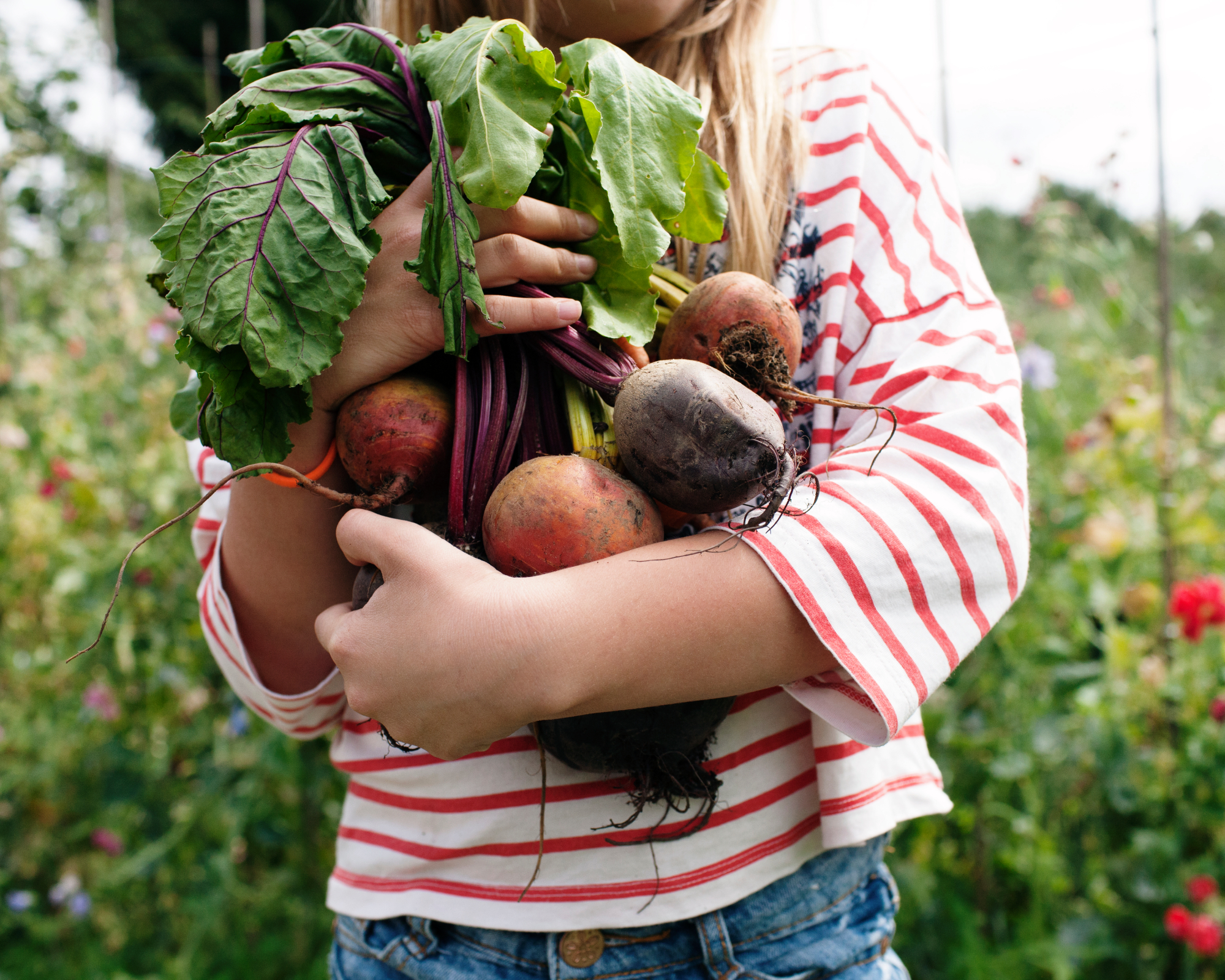
Tips for Growing Root Vegetables
These high fiber, low calorie veggies are for the most part, fairly easy to grow. For the true novice however, might I suggest beginning with radishes, carrots, beets and turnips. These are quick to mature, pest resistant, and unfussy about their growing conditions.
Sign up for the Gardening Know How newsletter today and receive a free copy of our e-book "How to Grow Delicious Tomatoes".
- All root vegetables thrive in well-draining aerated soil that allow the roots to expand. The soil should have plenty of compost in it with a pH of 6.0-6.5.
- While most root veggies can tolerate 6 hours of sun, they prefer 8 hours per day.
- Be sure to thin the seedlings out to allow adequate growing space. The same holds for transplants; provide space between the plants.
- Do not overwater. Root veggies are susceptible to root rot. Keep the soil consistently moist, not sodden.
- Keep the area around plants free from weeds that can harbor pests and foster diseases.
Types of Root Vegetables
There are over 20 commonly recognized varieties of root vegetables but under this umbrella are some interesting cultivars. Here are 8 of my favorites.
1. Beets
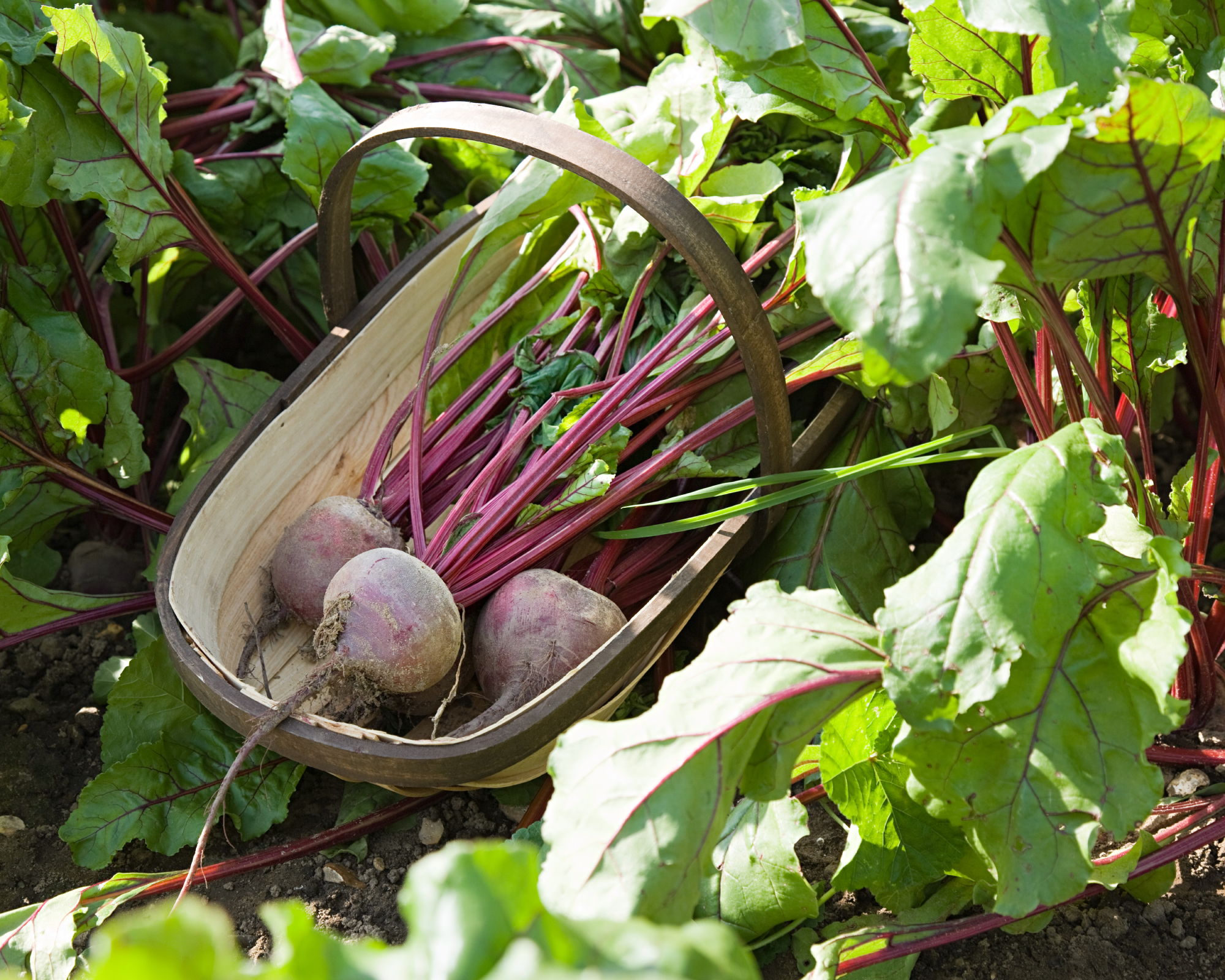
I mentioned beets as an excellent starter crop for those new to gardening. There are some exciting beets out there so pick a fun one like striped Chioggia (full name Barbabietola Di Chioggia!) or sweet ‘Boldor’ a yellow beet, or the non-staining white beet ‘Albino’. Seeds for the gorgeous Chioggia are available from Burpee.
2. Carrots
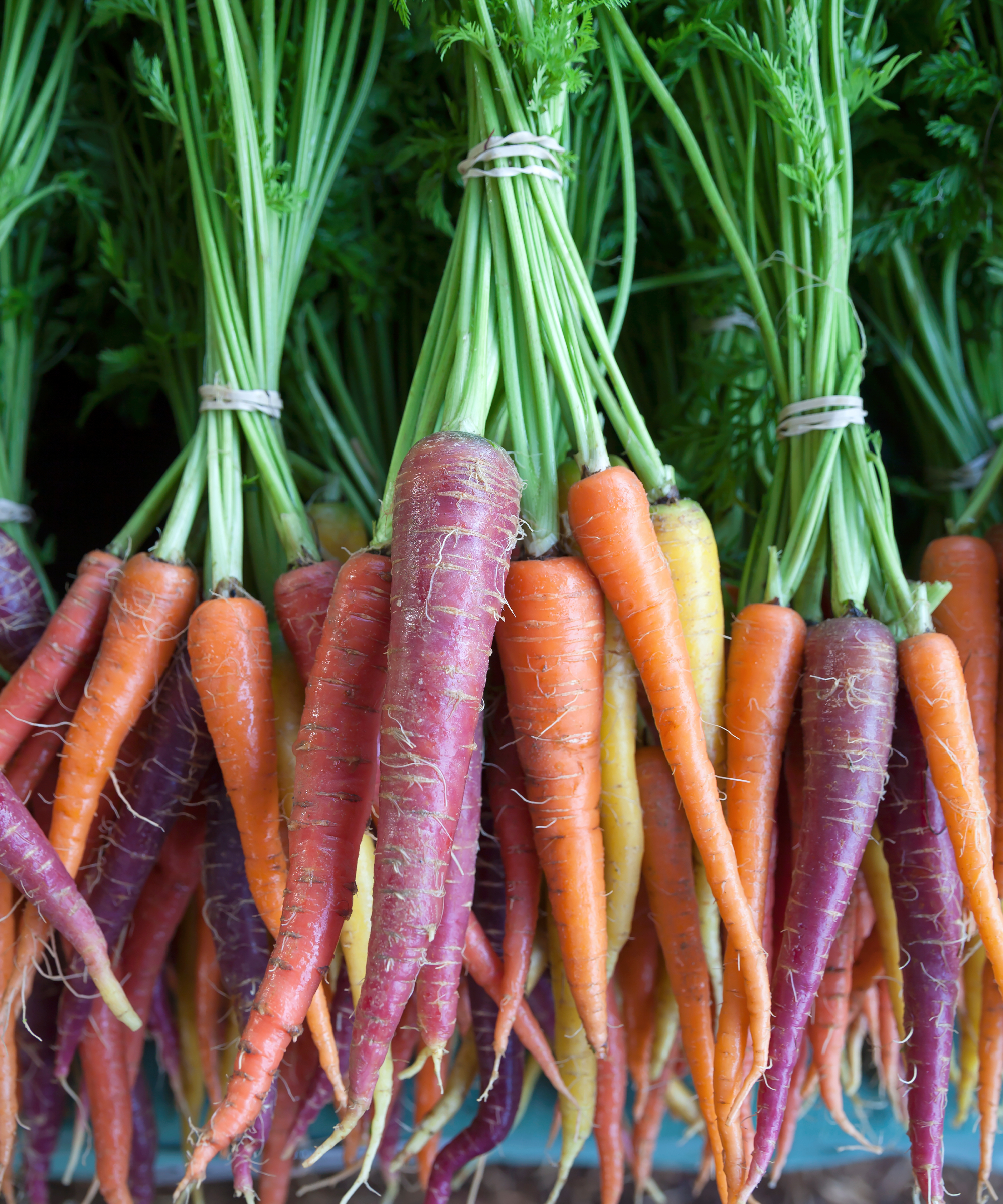
'Imperator' won best carrot in the 1933 All-American selection and it’s still going strong. This is the stereotypical long, straight carrot that features in cartoons. Don’t be upset if your homegrown carrots aren't this straight; they’re still edible. And, if you grow purple carrots, no one will comment because they’ll be too shocked by the color which, by the way, is high in cancer-fighting antioxidants.
Find a rainbow blend carrot seeds in the Gardening Know How Shop. And the Sow Right Seed Storefront on Amazon has 'Imperator 58' seeds for purchase.
3. Turnips
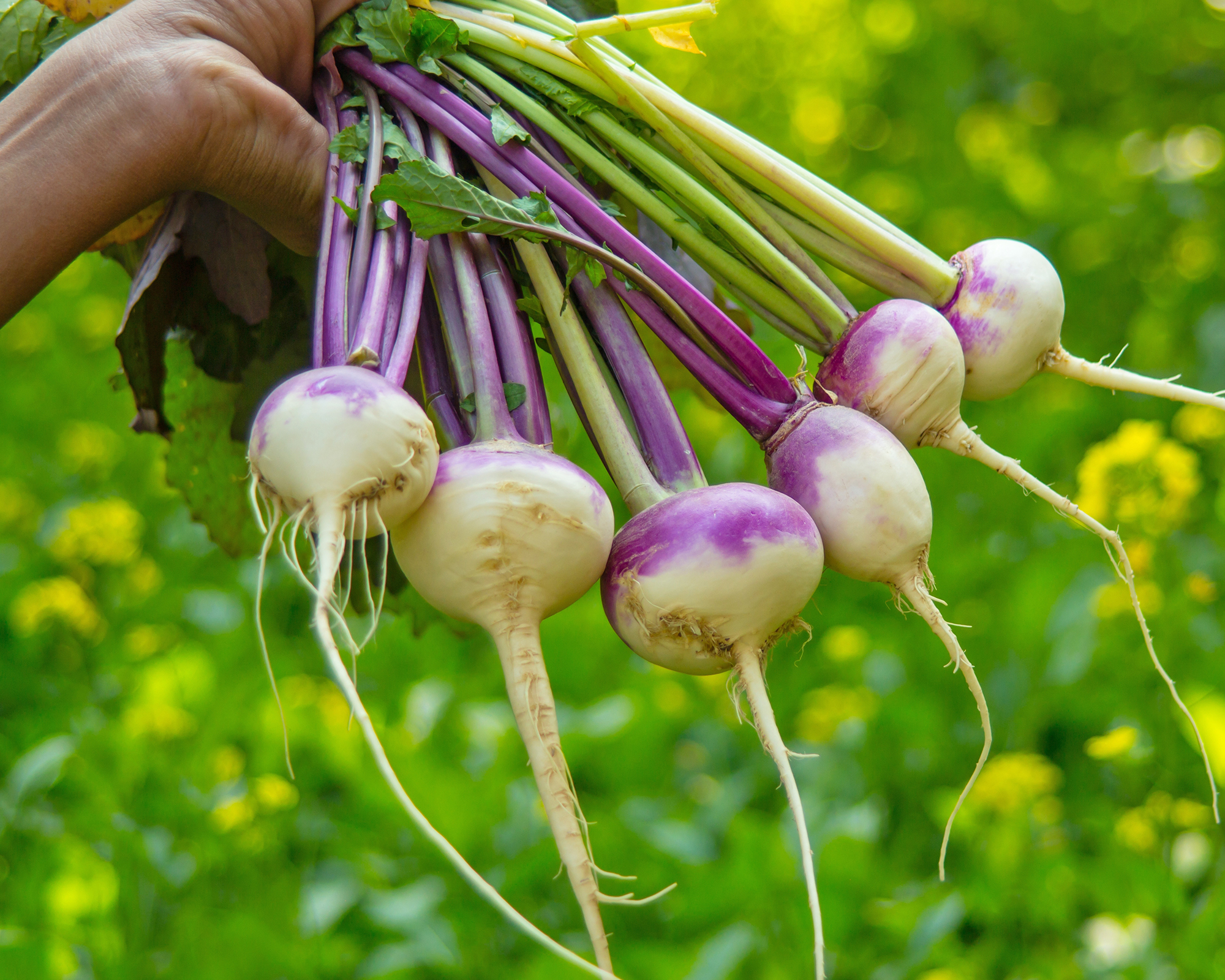
Growing mild-flavored turnips should be on everyone's garden to-do list. Crisp and crunchy eaten fresh but when cooked they turn into something else, rich, sweet and nutty. They can be grown in containers and planted in successive batches for a longer lasting harvest. ‘Hakurei’ is a good small variety for eating fresh and ‘Purple Top White Globe’ wins for longest storing turnip. Another sweet snacking turnip is the Silky Sweet hybrid that is available from Burpee.
4. Radishes

Radishes are quick-growing root crops that are easy to succession plant. My favorite radish is a Japanese white radish called a Daikon radish. A true giant among radishes, it makes the best pickled radish and a delicious grated condiment. It is also used in stir fries, kimchi, or as a dumpling or bun filling. Growing up to 14-inches (35.5 cm) long, Daikon long radish seeds are available from Burpee.
5. Sweet Potatoes
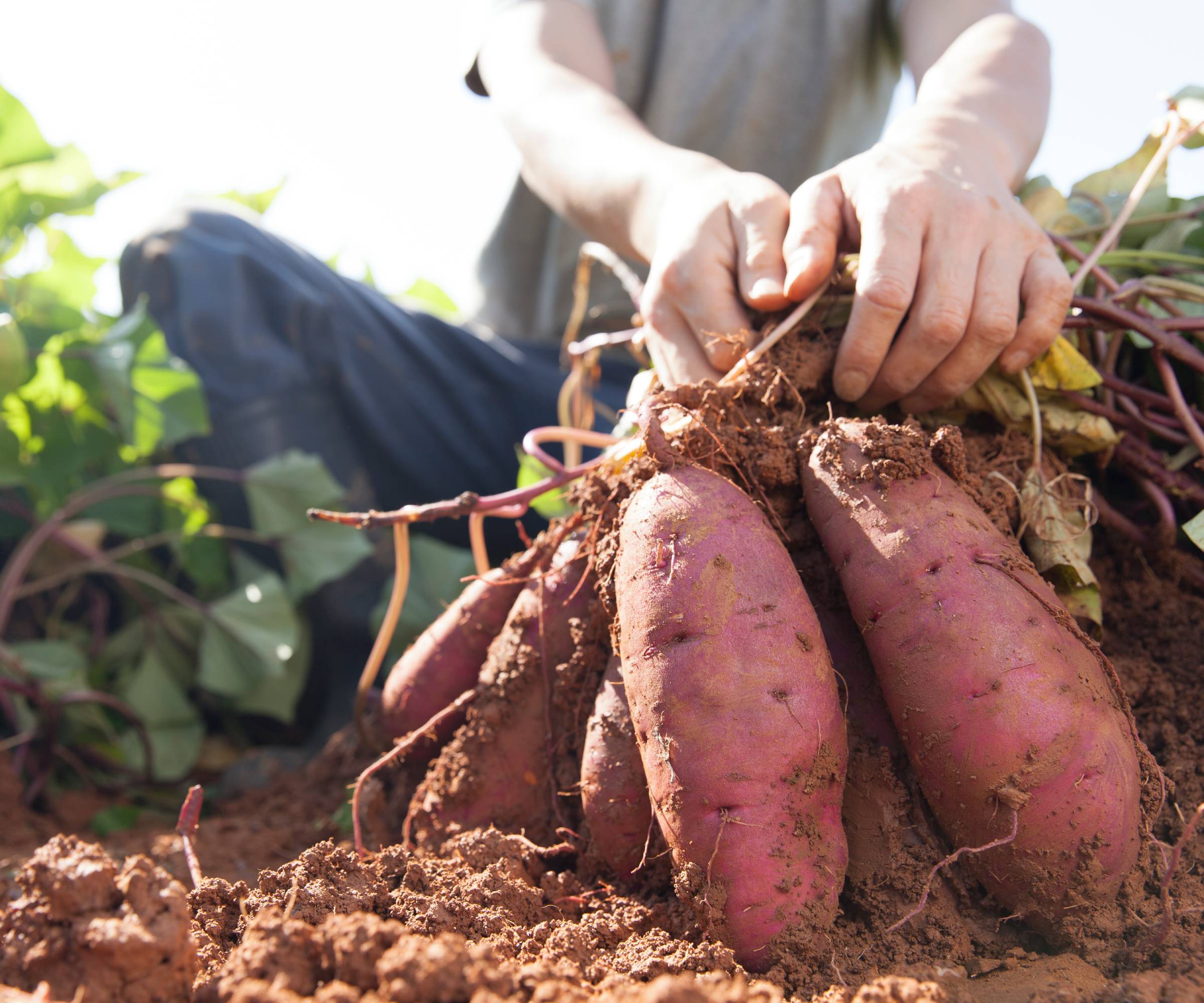
Sweet potatoes are a heavenly sweet tuberous root veggie the holidays wouldn’t be the same without. Known for their sweet flavor with or without the mini marshmallows, sweet potatoes are popular around the world and used fried, baked, roasted, and boiled. They like it hot though and thrive in USDA zones 8a-11b although with care and planning they can be grown down to zone 5. Purchase 'Centennial' sweet potato bare roots from Burpee.
6. Cassava
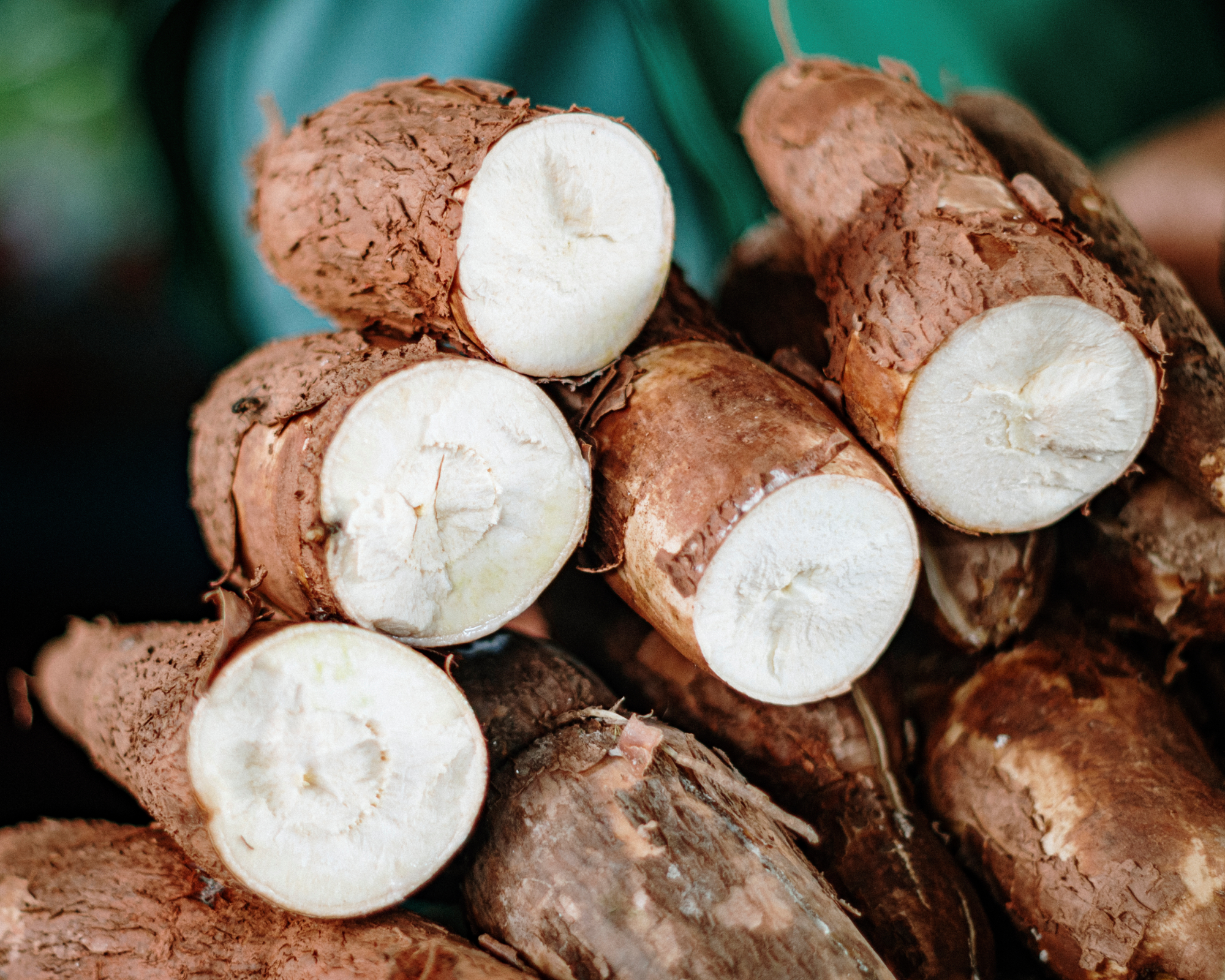
Cassava yuca is a warm weather root crop that thrives in areas with at least 8 frost free months which means while I’ve never grown it, I’d like to. It needs well-draining soil rich in compost. Cuttings are planted in full sun and then kept consistently moist. It is a major food source in many regions of Africa. Cassava cuttings are available from Mappe Garden through Walmart.
7. Potatoes
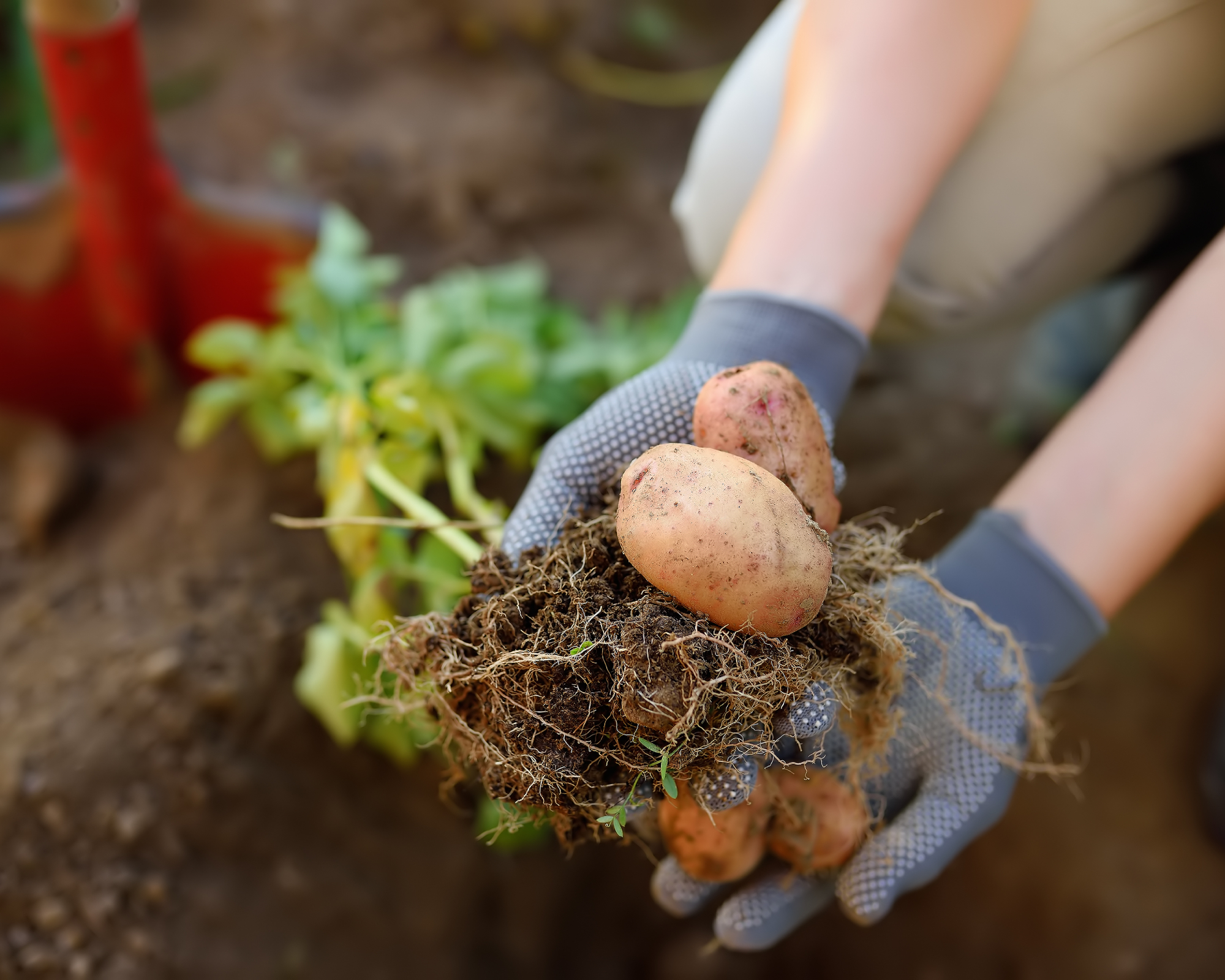
Who doesn’t like potatoes? Okay, some only like them fried, but they really have so many uses. Plus they are fairly easy to grow and can be cultivated in a bucket or container for small scale gardeners. Grow them in USDA zones 3-10 in an area with at least 6 hours of sun in well-draining soil.
There are 5,000 types of potato worldwide, surely you can find one you like. Try a ‘Russian Blue’ or a fingerling or delicious, buttery ‘Yukon Gold’. Get a blend of colorful seed potatoes from Walmart.
8. Ginger
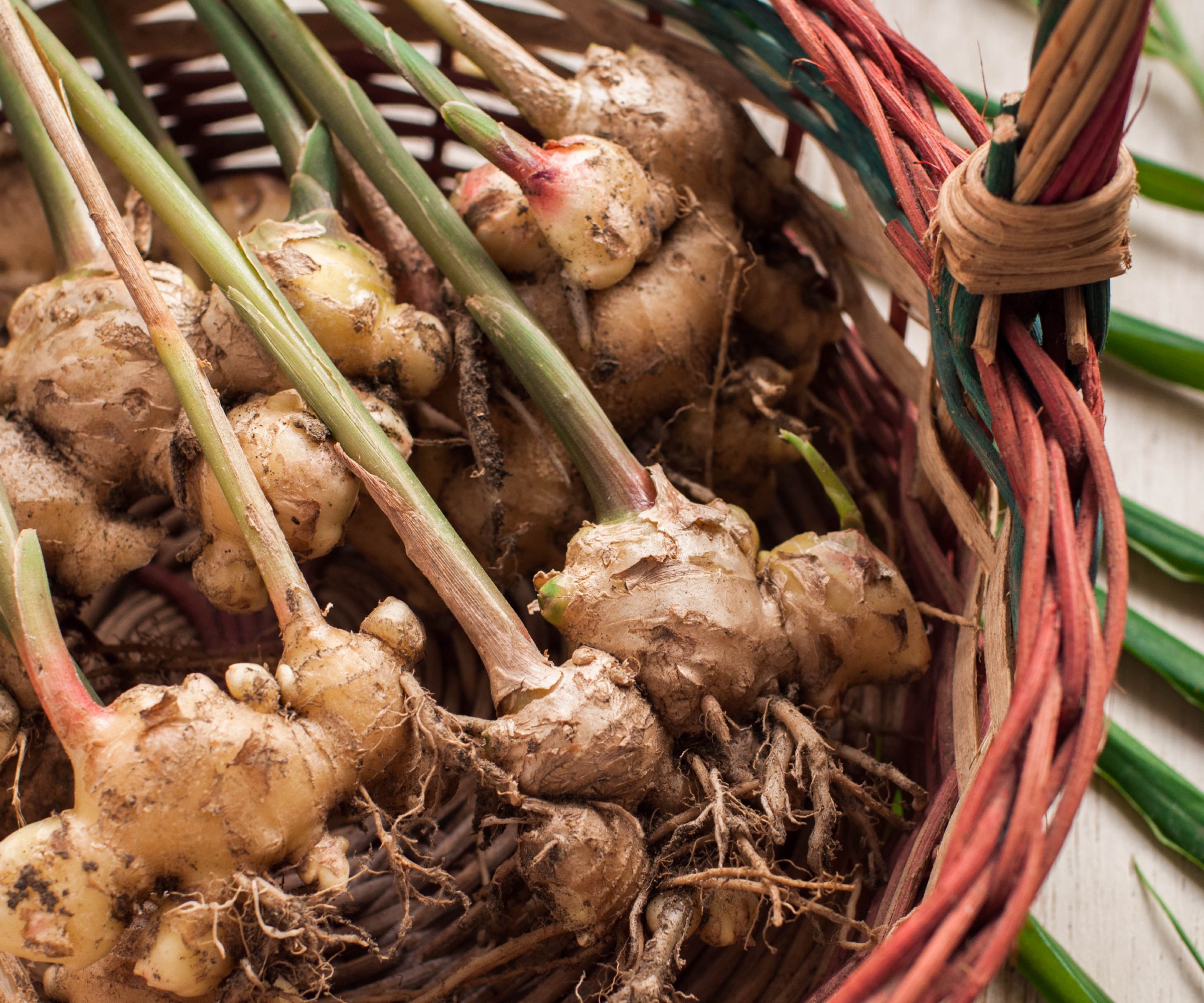
Did you know that ginger is a root vegetable? Actually it’s a rhizome that grows horizontally but it’s much like a root. Ginger is often classified as a spice but botanically it is a veggie. Ginger thrives in warm, humid areas in soil that is rich in compost and uniformly moist. It can be grown in USDA zones 9b and above or gardeners can grow it in a container to be moved inside in cooler climates. You can grow ginger you have purchased at the grocery or you can find live ginger rhizomes from Walmart.
Frequently Asked Questions
What is the healthiest root vegetable?
Many root veggies are healthy, but some of the standouts are beets, carrots, radishes, sweet potatoes, garlic and onions. Look for bright colored options rich in antioxidants.
What are the sweetest root vegetables?
Sugar beets stand out as the name suggests, as one of the sweeter of the root veggie options. Other sweet root vegetables include sweet potatoes, carrots, beets and parsnips. Roasting any of these root veggies caramelizes them, bringing out their natural sweetness.

Amy Grant has been gardening for 30 years and writing for 15. A professional chef and caterer, Amy's area of expertise is culinary gardening.
